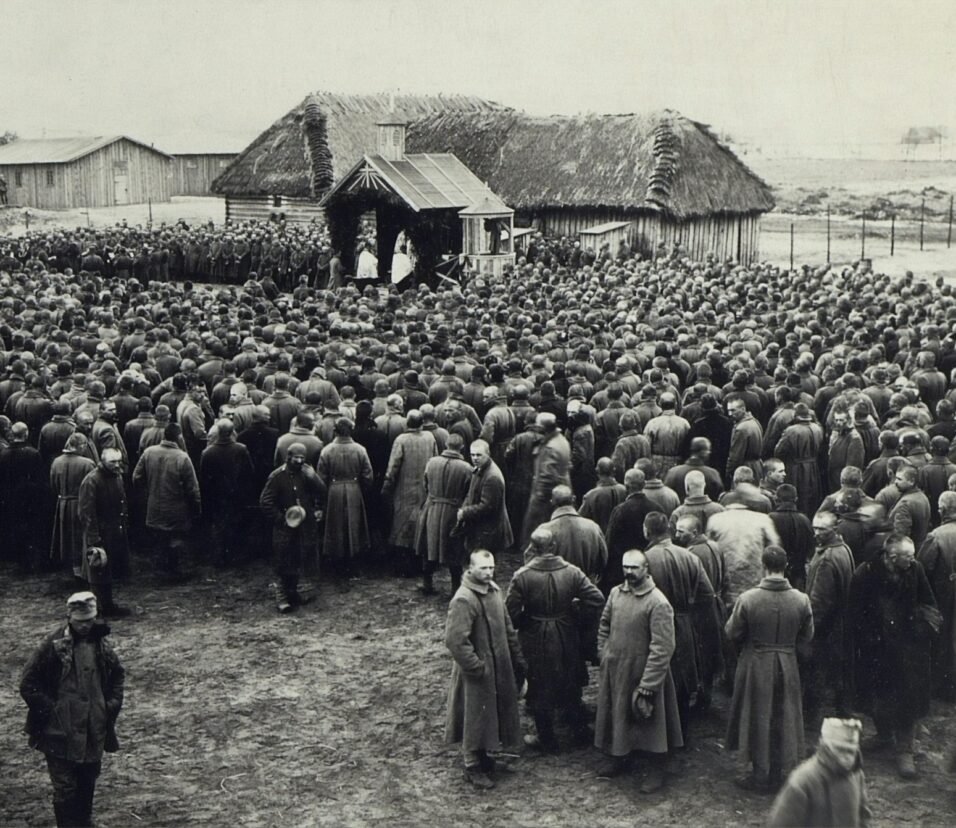Progressive Era Ideas and Reforms
Introduction
The Progressive Era, spanning from the late 1800s to the 1920s, was a transformative period in American history. Amidst industrialization, urbanization, and the rise of big business, this era birthed social and political movements that aimed to address the social ills and economic inequalities of the time. From the institution of groundbreaking political mechanisms to vital social amendments, the Progressive Era fundamentally reshaped the American landscape. Here’s an in-depth look at the key reforms and ideas that emerged during this pivotal time.
Political Reforms: Democratizing the Process
Referendum, Recall, and Initiative
- The cornerstone of democracy lies in the people’s power to choose, and the Progressive Era magnified this power through mechanisms like referendums, recalls, and initiatives. These tools offered an avenue for public participation beyond merely voting for representatives. By doing so, they revitalized democracy, allowing citizens to propose or approve legislation directly and to remove public officials who were not serving their constituencies well.
The 17th Amendment
- The era also witnessed constitutional changes that had long-standing effects on the American political landscape. The 17th Amendment, ratified in 1913, provided for the direct election of senators by the people, replacing the previous system where senators were chosen by state legislatures. This change enhanced the democratic process, allowing for a more direct link between constituents and their representatives.
Social Reforms: The Building Blocks of a Just Society
Child Labor Laws
- One of the glaring social issues of the time was the rampant use of child labor. Children were often made to work under hazardous conditions for meager wages. Legislation was enacted to protect children, limiting the types of work they could perform and the hours they were allowed to work.
Educational Reforms
- Progressive education reformers like John Dewey advocated for a more child-centered approach, which was instrumental in shifting educational paradigms. The emphasis moved from rote learning to understanding, thus shaping the modern American education system.
Women’s Suffrage and the 19th Amendment
- The 19th Amendment, ratified in 1920, was a landmark reform that granted women the right to vote. The suffrage movement, led by women like Susan B. Anthony and Elizabeth Cady Stanton, had been a long, arduous struggle, but its success marked a significant step towards gender equality.
Economic Reforms: Leveling the Playing Field
The Sherman Antitrust Act
- The government took steps to dismantle monopolistic business practices through the Sherman Antitrust Act of 1890. This act was a direct counter to the unchecked power of Robber Barons, and it leveled the economic playing field by outlawing monopolistic activities and promoting competition.
Progressive Income Tax
- With the ratification of the 16th Amendment, a new system of taxation was introduced that was based on income. This progressive tax system aimed to distribute the tax burden more fairly, thus creating a more equitable society.
Environmental Reforms: Protecting Natural Resources
National Parks and Wildlife Reserves
- Preservation of the natural environment gained focus during this era. Spearheaded by leaders like Theodore Roosevelt, the national parks system was expanded to protect and conserve natural habitats for future generations.
Consumer Protection: Safeguarding Public Interest
Pure Food and Drug Act
- Prior to this act, there was little to no regulation regarding the quality and safety of consumable goods. The act, influenced in part by Upton Sinclair’s “The Jungle,” led to the creation of the Food and Drug Administration (FDA), which set quality standards for food and drugs, protecting consumer interests.
Modern-day Implications
The impact of the Progressive Era reverberates to this day, shaping our modern understanding of democracy, social justice, and economic fairness. Many of the agencies and legislative bodies we now take for granted were incepted during this period.
Federal Reserve System
- Financial stability and a balanced economy were major concerns during the Progressive Era, leading to the creation of the Federal Reserve System in 1913. This centralized banking system was designed to prevent bank failures and ensure a steady monetary policy. Today, the “Fed” plays an enormous role in American and global economics.
Labor Unions
- The labor movement gained tremendous momentum during this era, as workers demanded better pay, safer working conditions, and reasonable hours. Unions emerged as an effective mechanism to negotiate these demands. While union power has waned in recent years, the foundational rights and protections achieved continue to benefit workers today.
Antitrust Laws
- Following the Sherman Antitrust Act, additional legislation like the Clayton Antitrust Act of 1914 and the Federal Trade Commission Act of 1914 were enacted. These laws have continued to evolve and are pivotal in regulating modern corporations and preventing unfair business practices and monopolies.
Conclusion
The Progressive Era wasn’t just a period of change; it was a movement that encapsulated the American ethos of justice, democracy, and equal opportunity. While it had its limitations, including racial and gender disparities, its legacy remains an integral part of the American social and political fabric. The reforms of this era serve as a reminder of what can be achieved when society unites for progress and serves as an inspiration for future generations to carry the torch of progressivism forward.







